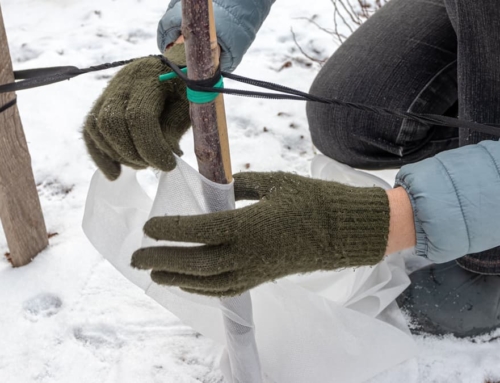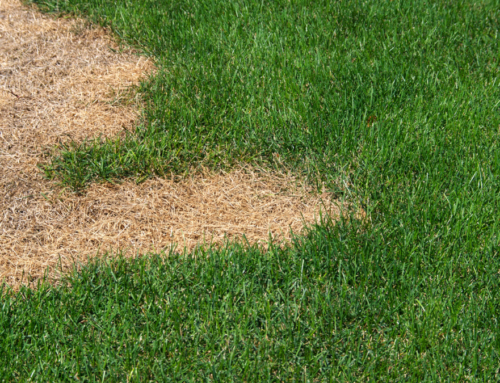FURRY ADORABLE PESTS: RABBITS IN THE GARDEN

Those cute little cottontails are fun to watch as they hop and play, but they aren’t so adorable when they’ve eaten all the tender young plants you so carefully added to your landscape last week.
So how do you maintain the delicate balance between enjoying their presence and safeguarding your garden? The answer lies in effective and humane rabbit control, with a sturdy fence serving as your primary ally.
Criminal Identification – Recognizing Rabbit Presence
Much like deer, rabbits leave distinct signs of their presence closer to the ground. Be vigilant for these indicators in your garden:
- Stripped bark from young trees
- Small round scat
- Sharp-toothed cuts in vegetation and vegetables up to three feet from the ground
- A shallow nest in the ground for their young
Favorite Flavors
Drawing inspiration from Peter Cottontail’s appetite, these Colorado Front Range cousins expand their food choices to include various young plants:
- Aster
- Coneflower
- Cosmos
- Dandelion
- Hosta
- Impatients
- Iris
- Nasturtium
- Pansy
- Petunia
- Sweet Pea
- Verbena
- Zinnas
- Almost every garden vegetable, especially beans
- Herbs and shrubs
- Bark and seedlings during lean times
DISLIKES
While the preferences of our furry friends may vary, it’s interesting to note that rabbits generally steer clear of certain flowers and vegetables. While the debate among gardeners continues about snapdragons, rabbits do tend to avoid these:
- Sweet Alyssum
- Ageratum
- Catmint
- Cleome
- Marigolds
- Geraniums
- Salvia
- Milkweed
- Tomatoes
- Peppers
- Corn
- Squash
A Good Fence for Good Neighbors
Although there are several methods to keep rabbits away, the most popular choice is to install a chicken wire fence, with these guidelines:
- Embed the fence at least six inches into the ground to prevent burrowing.
- Maintain a minimum fence height of two feet to thwart jumping rabbits.
For those unable to install a fence, alternative suggestions include:
- Using vinegar water or water mixed with cayenne as a repellent.
- Considering predator extracts, like red fox urine (Note: Avoid collecting it yourself; predator extract is available to purchase in both dry and liquid forms).
- The Larimer County Humane Society recommends protecting new plants with gallon plastic milk jugs: cut off the bottom of the jug and place it over the plant.
Rough Neighborhood
If you want to discourage rabbits from visiting your yard, take proactive steps in managing their potential hiding spots.
- Eliminate existing burrows from your yard.
- Clear out weeds or brush that may offer protection.
- Maintain a regularly mowed lawn to reduce groundcover, making it less appealing for rabbits seeking shelter.
Remember that if rabbits cannot live nearby, they won’t visit your yard as often.
Maintaining a garden that is both beautiful and free from rabbits requires a combination of effective and humane rabbit control methods. While a sturdy fence is the most common method, repellents and predator extracts can also be effective. It’s important to stay vigilant and manage potential hiding spots to prevent rabbits from taking over your garden. With these tips and tricks, you can balance enjoying the presence of these cute little cottontails and protect your precious plants. If you need assistance maintaining a beautiful, rabbit-free yard, don’t hesitate to reach out to our experts for help.






